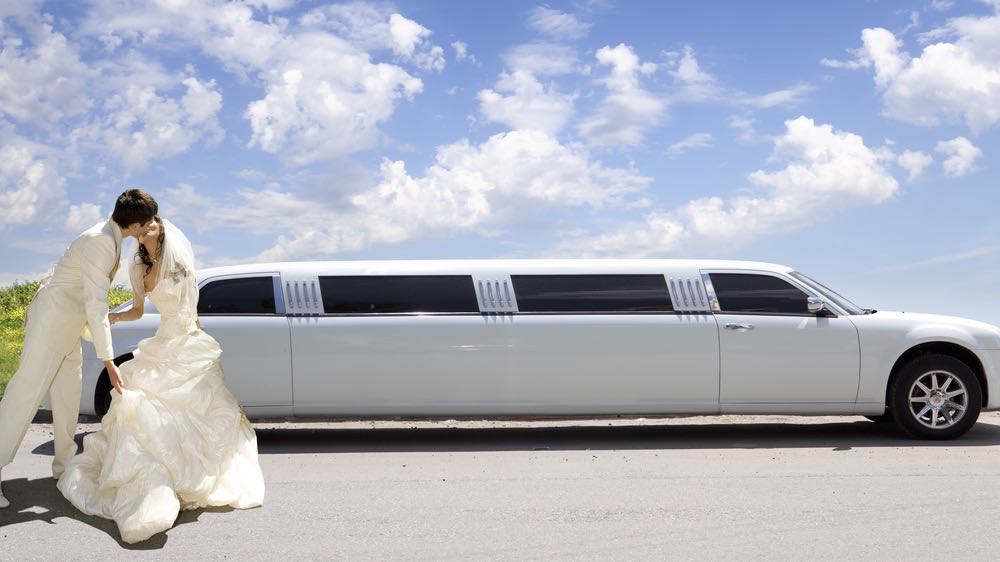Expensive Engagement Rings Linked to Higher Divorce Rates

I don’t think anyone’s ever argued that the breadth of a hetereosexual couple’s love for each other can be measured by the size of the rock on her finger. At the same time, I wouldn’t have suspected that gaudier rings correlate to higher divorce rates. Yet that’s exactly what researchers at Emory University found in a comprehensive study released last month (though only picking up viral steam during the past couple days). Simply put,if you’re dropping major stacks on your engagement ring, you may be setting yourself up for a whole lot of disappointment.
The two Economics professors behind the study — Andrew M. Francis and Hugo M. Mialon — analyzed data from 3,000 married or once-married heterosexual couples, so long as the once-married did not include the widowed. The researchers sought to “evaluate the association between wedding spending and marriage duration.” As it turns out, length of marriage among subjects was indirectly related to the money spent on their weddings.
Kelly Faircloth of Jezebel sums up the stats really well. Women whose engagement rings cost over $20,000 are 3.5 more likely to get divorced than those in the $5,000 to $10,000 range. Men who spent $2,000 to $4,000 on their wife’s ring got divorced 1.5 time more than those who dropped between $500 and $2,000.
It’s important to note that these relationships between marriage duration and wedding cost are much more correlation than causation. There are plenty of happily married people who have the monetary equivalent of Fort Knox on their finger. There are also others clutching $500 rings who likely wish they had the kept the receipt. But with the average cost of weddings in the United States flirting with an ungodly $30,000, it’s understandable that all this ostentation might come with a little unwanted pressure.
The study was titled ‘A Diamond is Forever’ and Other Fairy Tales: The Relationship between Wedding Expenses and Marriage Duration. It successfully found the correlation between marriage success and marriage prices. Though they stated that the price tag and the marriage duration was “not or inversely associated,” they found enough correlation that one can start naming the ceiling on wedding spending.
Author Bruce Feiler lists the three major family shifts of the past generation: shifting definitions, working women, and a more intent focus on solutions over debate. He then explains how exploring these shifts led him to write his latest book, The Secrets of Happy Families.
Read more at ‘A Diamond is Forever’ and Other fairy Tales: The Relationship between Wedding Expenses and Marriage Duration
Read more at Jezebel
Read the Emory University study
Photo credit: TaraPatta / Shutterstock





